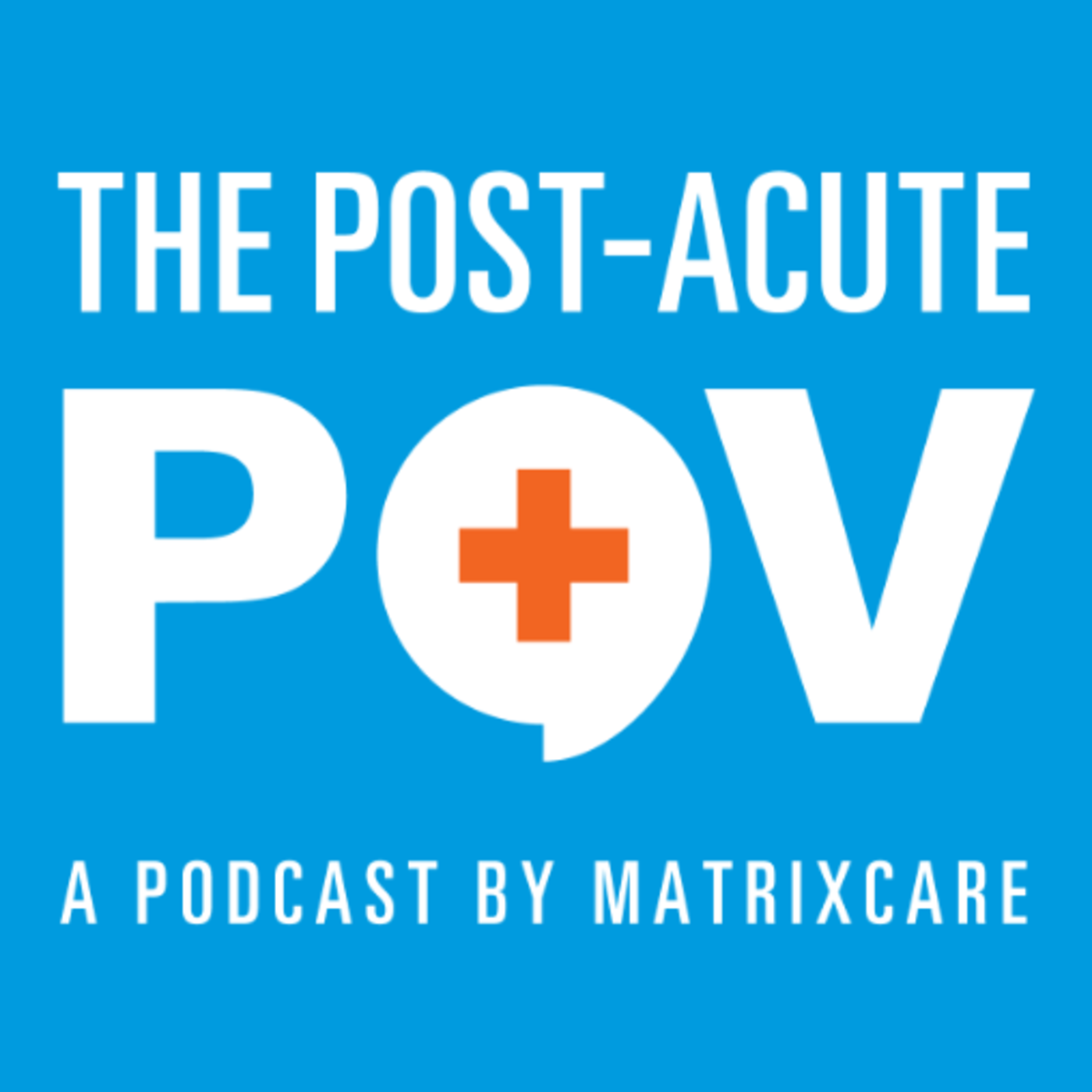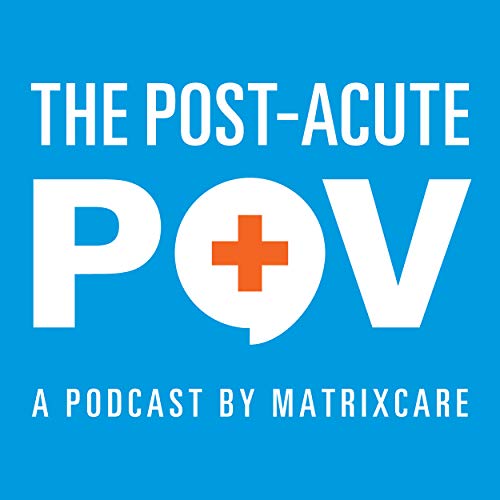In this episode of the Post-Acute POV, our host Navin Gupta, SVP of the home and hospice division at MatrixCare, is joined by Jarrett Bauer, CEO and co-founder at Health Recovery Solutions, to discuss the impact of telehealth and remote patient monitoring.
Join Jarrett and Navin as they discuss how remote patient monitoring tools have evolved with the shift toward telehealth, the intersection of remote patient monitoring and patient engagement, and the impact of telehealth on reimbursement and an organization’s ROI. The pair also discuss why it’s important that technology is frictionless for clinicians and caregivers. Listen to their conversation.
The content in this presentation or materials is for informational purposes only and is provided “as-is.” Information and views expressed herein, may change without notice. We encourage you to seek as appropriate, regulatory and legal advice on any of the matters covered in this presentation or materials.
©2021 by MatrixCare

Introduction In this episode of the Post-Acute POV podcast, Annette Salisbury, senior vice president of HCC clinical services at PruittHealth, is joined by our...
In this episode of the MatrixCare podcast, Navin Gupta, SVP of the Home and Hospice Division at MatrixCare, sits down with Edo Banach, President...

In the latest episode of the Post-Acute POV podcast, our host, Rob Stoltz, senior business development director, is joined by Matt Challberg, CEO, and...